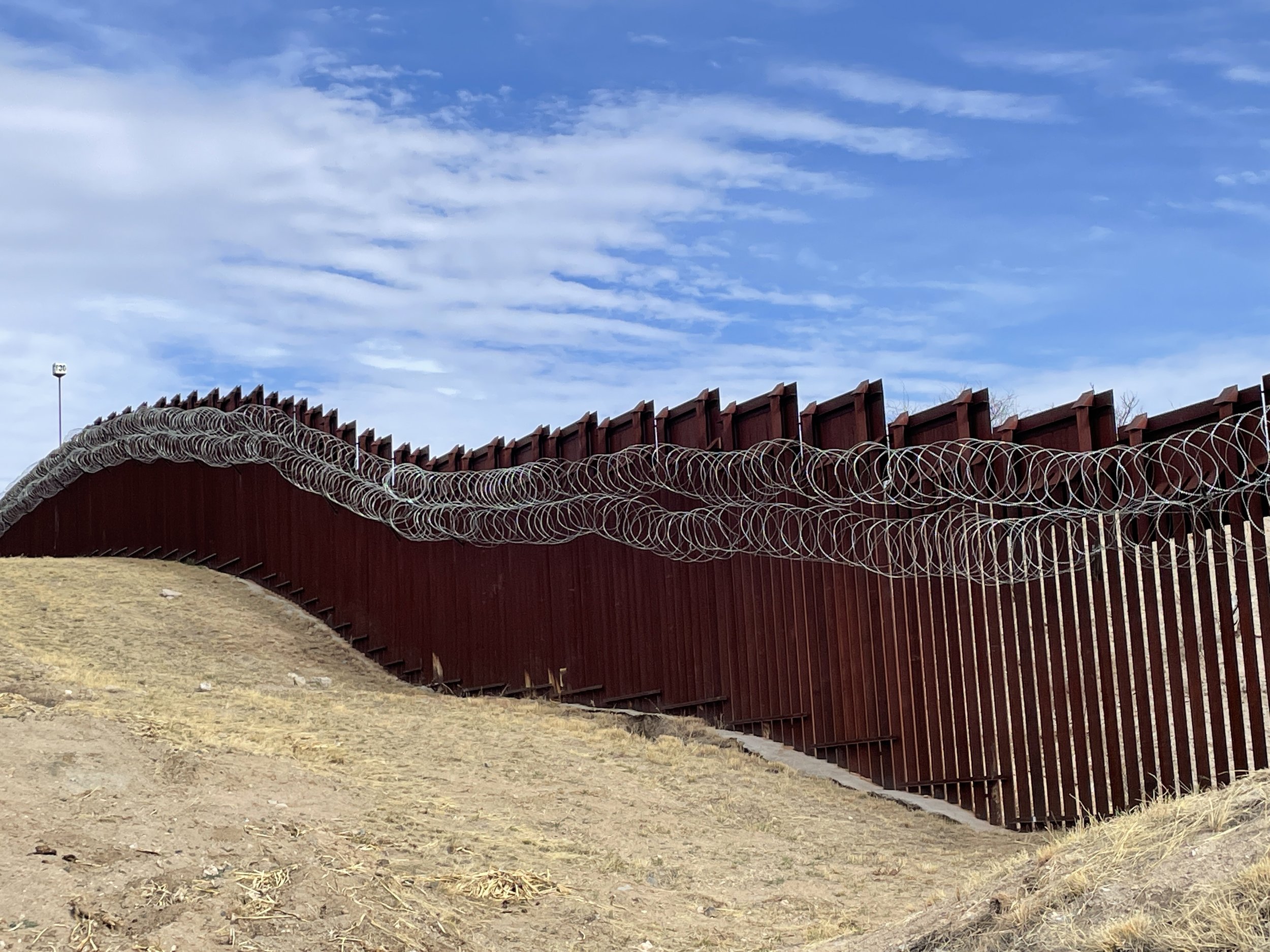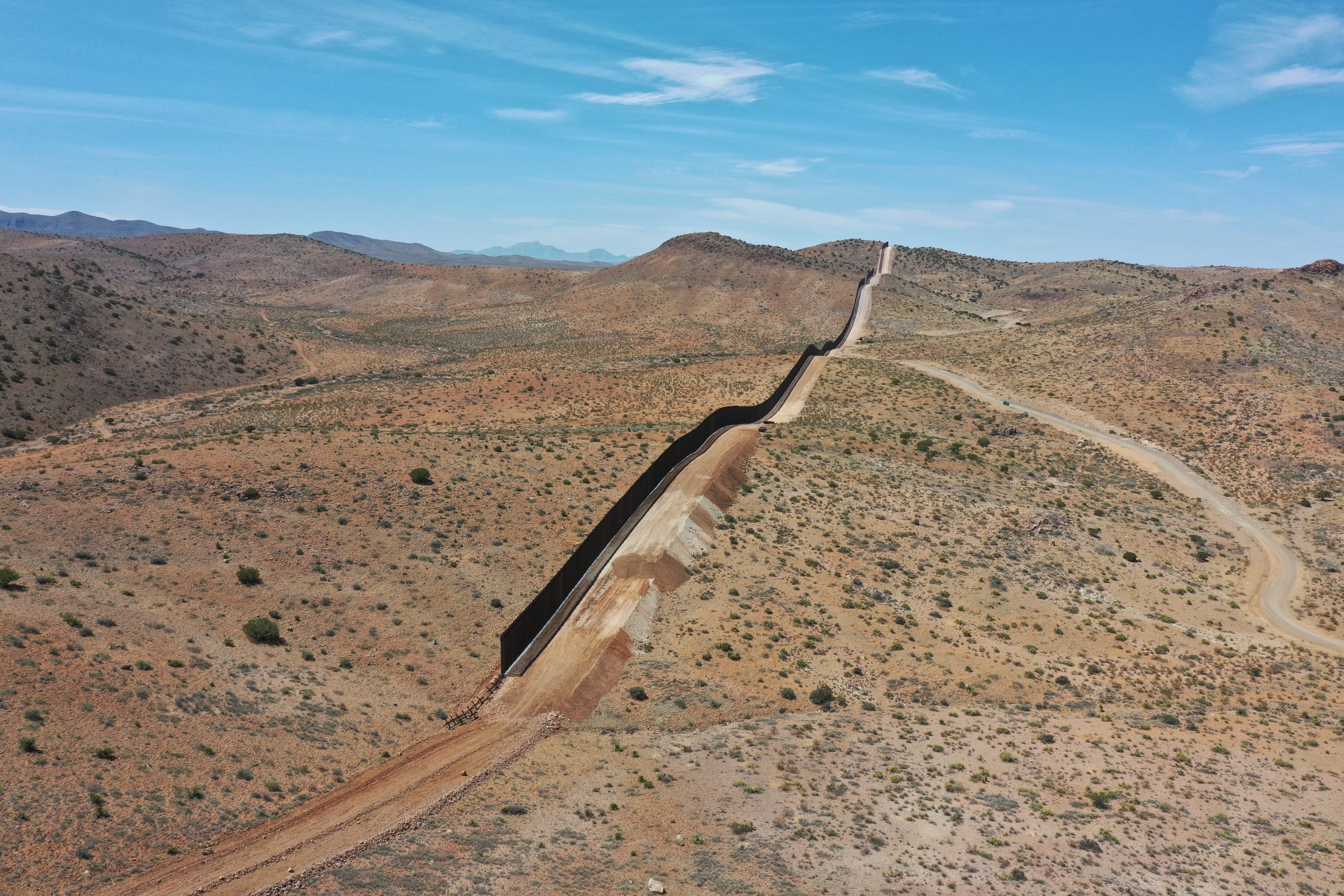New report highlights priority restoration areas along U.S.-Mexico border
TUCSON, Ariz. (July 25, 2022) — A new report by Wildlands Network details sites along the U.S.-Mexico border that are in most dire need of environmental restoration following construction of the border wall during the Trump Administration.
Over the course of 2021 and 2022, Wildlands Network’s borderlands program coordinator, Myles Traphagen, mapped the border through New Mexico, Arizona, and California documenting where the wall was built as well as where construction activities resulted in significant environmental harm and degradation. Much of these results were included in a StoryMap published last year that detailed the history of border barriers and how wildlife of the borderlands have been impacted by the wall. These species include mountain lions, bobcats, white-tailed deer, javelina, gray foxes, badgers, mule deer, among many others.
Border Wall Restoration Site Reports takes a closer look at the sites that experienced the greatest harm and are in most need of substantial restoration. “The damage done in unique and protected habitats of the borderlands is absolutely unspeakable,” says Traphagen. “In many instances, contractors did not follow best practices common to most construction sites. Coupled with the waiver of all laws and regulations enabled by The Real ID Act of 2005, we are left with a legacy of destruction that we have a responsibility to repair.”
The release of the report is especially timely as the House Appropriations FY23 budget for the U.S. Department of Homeland Security includes authorization of the transfer of $100 million to the Department of Interior and Department of Agriculture for mitigation of border barrier activities. “Although this would be just a drop in the bucket of the overall need,” says Traphagen, “this funding would be the first meaningful investment towards reversing the damage done to this ecologically sensitive region.”
###
Contacts
Myles Traphagen, 520-991-6368, myles@wildlandsnetwork.org
Danielle Fisher, 202-280-8318, danielle@wildlandsnetwork.org





